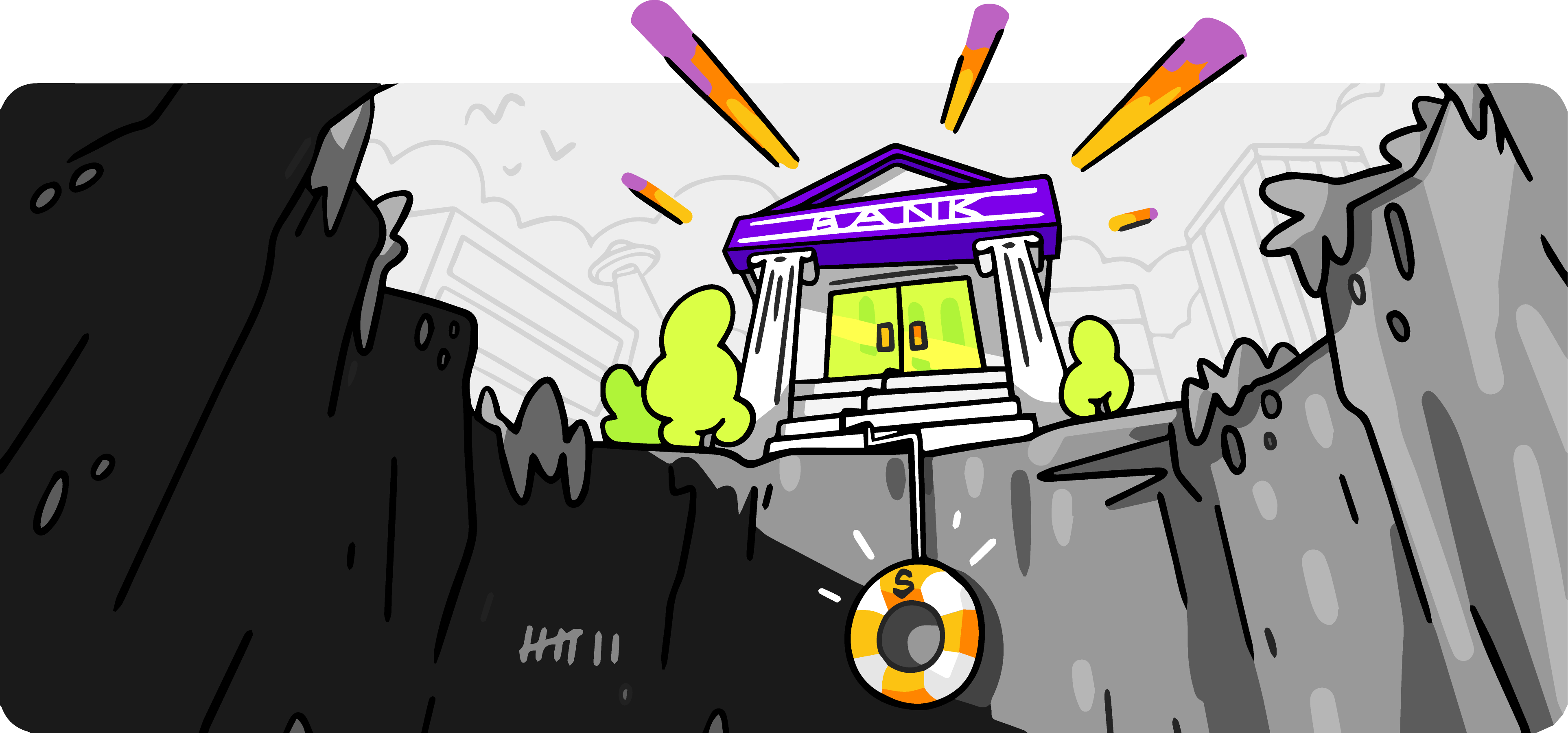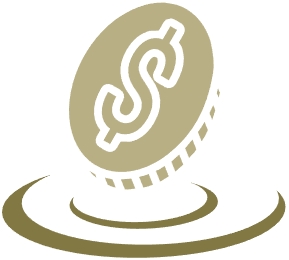What are payday loans?

You might be wondering if we’ve did not include payday loans on our list of loans that is quite extensive.
Also known as cash advances or loans for short-term use they provide people who have poor credit and shortage of funds access to cash quickly. However, they come with very high costs which is why the Consumer Financial Protection Bureau says you should expect to be charged between $10 and $30 for each $100 you’re able to borrow.
A lot of financial experts advise against using these loans because they can trap people into the loop of credit. These loans should only be considered in the last instance and with the knowledge that they will cost you far more than what you receive in exchange.

Where do you go when you’re cash-strapped
They are great if you are planning to buy a huge item However, they can save the day in times of needing money fast.
But how do you decide what kind of loan would make best sense in your particular situation and requirements?
Credit cards and personal loans can be useful in these scenarios, but there are some key differences between the two.
Knowing when it is appropriate to utilize each type of credit will help you arrange your financial situation and pay the least amount of fees in your credit card debts as is possible. Here are some examples of situations where each one is most appropriate for those who are borrowers.
Personal credit
You’ll be able to access an annual percentage rate that is low. Interest rates for personal loans can vary wildly and range from 6 to 36 percent. The rate you’re able to get is determined by your credit score as well as your debt-to-income ratio, job status, and other aspects which determine your creditworthiness. The less risk you pose as an entrepreneur, the lower the rates you’ll get.
To fund a large single cost. A majority of personal loans have an initial term of one year which is why they are ideal for purchases that are large and will require more than a year to pay back. If you choose to use an individual loan to fund something that you’ll be able to pay back within less than a year, you’ll be paying excessive interest.
You could make a new monthly payment. Take a look at your financial situation. When you are adding another loan to your list Do you be able to pay it off at time of month’s end to to make the payment? The most important thing you don’t want to do is to default on your loan because missed payments can damage your credit score.
Credit cards
You’re making smaller purchases. Every time you swipe your credit card you’re basically getting an unsecured mini-loan. You’re able to get as many mini-loans as you’d like until you’ve reached the limit of your credit. When you’ve paid back the mini-loans then you can borrow additional. This type of revolving loan system allows for more modest purchase and daily spending.
You can also get an exclusive rate. Certain credit cards provide an introductory rate of interest of 0% which could run from 6 to 20 months. It is possible to borrow funds for free during this time. If you utilize the cards for consolidating your small debts, or to make larger purchases that you can pay in full during the introductory time period of rates, you’ll be saving on interest.
It is possible the cost of paying off your balance in a short time. Unless you’re taking advantage of an offer of 0% APR it is recommended to utilize a credit card exclusively to pay for the expenses you’re able to repay completely each month. The carrying of a balance between months is a costly method to get money.
Homeowners can choose other options too.
If you own a house and you’ve accumulated some equity, you’ll feel happy to learn that you can avail more loans to choose from.
This is because as well as the options above you may also opt to take out two kinds of loans that permit homeowners to take out loans against the equity in their homes.
Equity loans for home owners and lines of credit for home equity (HELOCs) are a means homeowners can draw on the equity in their homes to fund the cost of a major purchase like the cost of a renovation project or a education for a child.
They’re referred to as secured loans and second mortgages where your home is put as collateral. However, the method of accessing funds — and the way you’re required to pay back the loanmakes these two different offerings.
Home equity loans
Once the loan has been accepted, your lender sends you a cheque to pay the sum amount or transfers funds into your account at the bank. The loan is then repaid over a period of time, typically between 10 and 30 years by paying in monthly equal payments.
Your interest rates are fixed, meaning that your payment will not change during the duration that the loan. Because your home is considered collateral the loans will generally be lower in interest rate when compared to loans that are not secured.
The interest can be tax-deductible. If you make use of this loan in order for the purpose of “substantially improve” your home and property, the IRS permits you to deduct interest payment on your tax returns.
Be aware that it is an “second mortgage.” Like a first mortgage or refinance home equity loans come with closing fees. They typically range from 2to 5 percent of the loan amount and you can opt to incorporate the cost into the loan amount.
Home Equity Lines of Credit (HELOCs)
The majority of HELOCs permit borrowing from the account over the period of draw, typically about 10 years, by with either a check or credit card that is linked with the accounts. When you reach the limit of your credit and you’re able to pay the line and then borrow from it once more. Like credit cards the interest is only charged on the funds you’re using.
After the draw period, you’ll enter”the “repayment period,” typically 15 to 20 years.
The best part about HELOCs is that you may not be aware of the amount you’re looking to get However, these loans permit the borrower to access what they require only if you require it. Some lenders will even waive closing costs and fees however, you may require the eligibility requirements.
However, since the interest rate you pay is variable It could change anytime — as will your monthly payments. In addition, depending on the lender, you might have to pay annual charges, transaction fees on each withdrawal and closing fees. Some lenders even offer an option to make a balloon payment. This means that you pay one lump sum at the end of the loan.









Leave a Reply